Distrelec’s head of product management, Rodrigue Mao, explores important factors to consider when selecting a rack-mount power supply.
There are different types of rack mounted supplies: floor-standing and compact. Rack enclosures are versatile and provide solutions for different applications. 42U, 45U and 48U are common heights for floor-standing racks and enclosures, with bespoke options up to 58U, where U equals 1.752in. Usually, width ranges from 19 to 24in. Wider enclosures can accommodate cabling without blocking airflow. If a system is operating in an environment with no temperature regulation, this is key.
The rack’s load rating indicates the weight it can safely support. Total the weight of each rack item, then add a safety factor. If the rack is regularly moved, look for rolling or dynamic load rating, plus the fixed or static load rating.
Ensure rack depth is sufficient for items and wiring. Consider the minimum bending radius of wires and connector depth. A cable with excessive bending radius is subjected to undue stress and may break.
Always select a supply without fans or forced air conditioning which have a very high efficiency and therefore generate little heat loss. The operational temperature range standard must be minimally cleared to verify the supply is valid.
Because DIN rail power supplies are often small, their systems are frequently put on the backplate, protecting them from harsh environmental conditions.
DIN rail mounted power supplies are designed to operate safely without constant supervision. However, any piece of equipment could fail. To minimise risk, ensure the supply is secured against short circuits, overloads, overheating and overvoltage.
AC/DC power supplies must meet IEC 60950-1 for IT and industrial equipment. Isolation testing is typically performed with two voltages: 3kVAC and 4kVAC. Each device must pass a 3kVAC input-to-output isolation test to comply. The 3kVAC test is also required by the IEC61010 standard, covering test and measurement equipment.
Optimal power supply efficiency is achieved under partial load. Most power supplies are rated at least 80 per cent. 80 Plus accreditation indicates at least 80 per cent efficiency at 20, 50 and 100 per cent loads. A 500 Watt power supply with 80 Plus certification would draw 625 watts of electrical power on the input side at full load (100%). Of this, 80% (500W) is delivered as electrical power on the secondary side and 125 watts are losses that must be dissipated as heat. With an efficiency of 90%, the power loss is reduced to 55 watts. According to the EU directive, losses in stand-by mode must not be higher than 0.1 W.
Especially in test or development systems, DC voltage output accuracy is crucial. A stable DC voltage is often required in any fluctuations, outages, surges or changes to the current DC output. Also in industrial applications, current outputs ensure the power supply output remains stable during uncommon output surge current demands. Many modern power supplies are protected against over-voltage and over-current and often provide cooling by free air convection.

